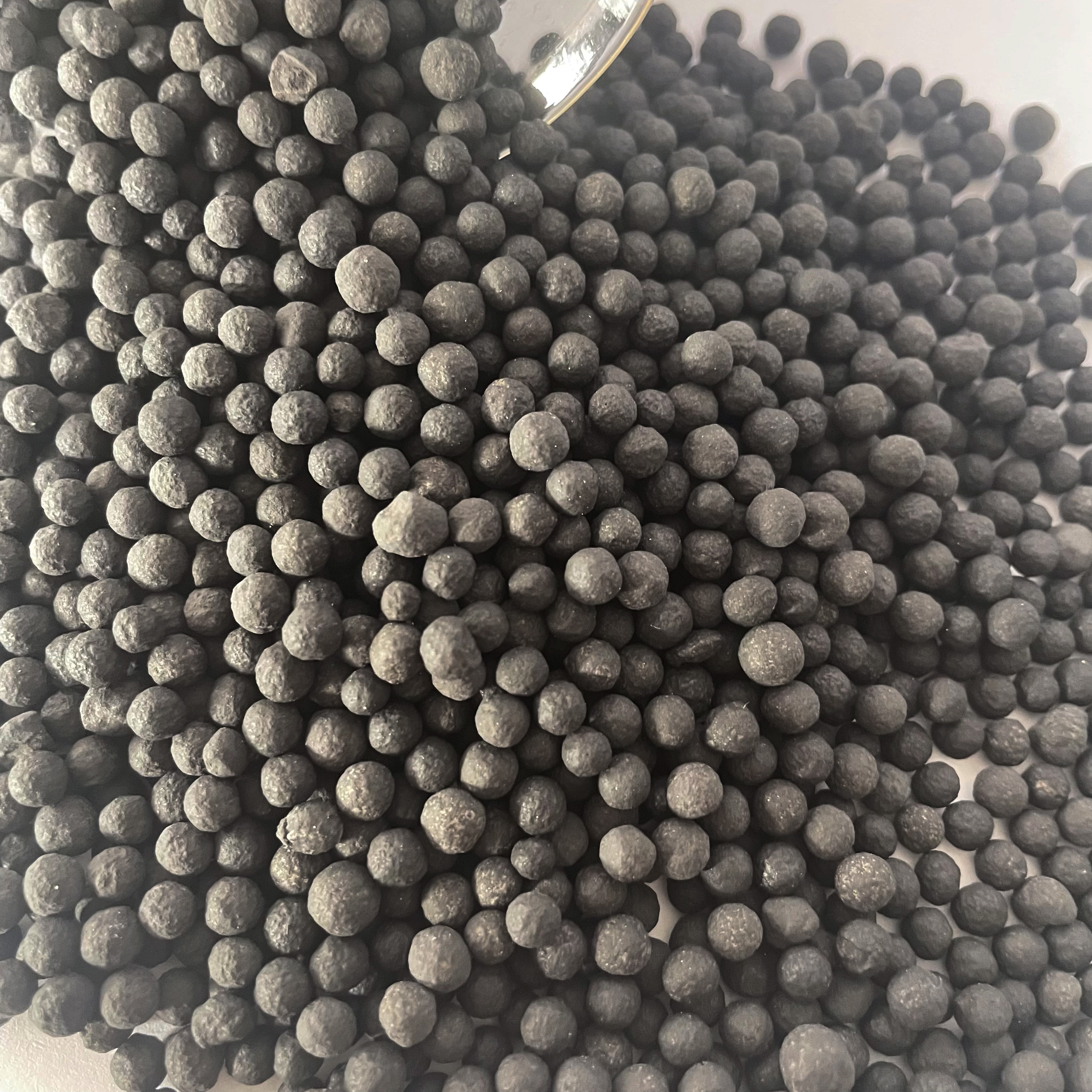
Dec . 18, 2024 04:35 Back to list
Top NPK Fertilizers for Maintaining Healthy Turf Grass Growth
Choosing the Best NPK Fertilizer for Turf A Guide for Your Lawn
Maintaining a lush and vibrant lawn requires more than just regular mowing and watering. To achieve that perfect verdant landscape, a well-balanced fertilizer is essential. Among various types of fertilizers, NPK fertilizers stand out due to their specific nutrient composition. NPK refers to the three primary nutrients essential for plant growth Nitrogen (N), Phosphorus (P), and Potassium (K). Selecting the best NPK fertilizer for turf grass can significantly enhance your lawn's health and appearance.
Understanding NPK Ratios
Every NPK fertilizer comes with a unique ratio of these three nutrients, usually represented in three numbers on the packaging. For example, a fertilizer labeled as 20-10-10 contains 20% nitrogen, 10% phosphorus, and 10% potassium.
- Nitrogen (N) is crucial for leafy growth and contributes to the lush green color of grass. It promotes the development of chlorophyll, the green pigment vital for photosynthesis. - Phosphorus (P) plays a key role in root development, flower and seed production, and overall plant health. It also helps in establishing new turf, making it vital for newly seeded lawns.
- Potassium (K) is essential for overall plant health. It enhances drought resistance, disease tolerance, and the overall vigor of the grass.
Selecting the Right NPK Ratio
The ideal NPK ratio for your turf will depend on the specific needs of your lawn and its growth stage. Here are some guidelines
1. Establishing New Lawns For newly laid sod or seeded areas, a higher phosphorus content is beneficial. Look for an NPK ratio around 10-20-10 to promote strong root development.
2. Active Growth Phase During the late spring and summer when grass is actively growing, a balanced fertilizer with a ratio like 20-10-10 works well. This mixture provides sufficient nitrogen for lush growth while maintaining good root health.
3. Maintenance In the fall, when the grass is preparing for dormancy, a formula such as 10-10-20 can be helpful. This high potassium content supports the plant’s resilience against winter stress.
Liquid vs. Granular Fertilizers
best npk fertilizer for turf factory

When choosing an NPK fertilizer, you will also need to decide between liquid and granular forms
.- Granular Fertilizers These are slow-release options that can provide nutrients over an extended period. They are ideal for lawns as they reduce the risk of nutrient leaching and require less frequent application.
- Liquid Fertilizers These are quickly absorbed by plants and offer immediate benefits. However, they often require more frequent applications and can be more expensive over time.
Application Tips
Regardless of the type of NPK fertilizer you choose, proper application is crucial for achieving optimal results
1. Timing Apply fertilizers during the active growing season for your turf, typically in the spring and summer for cool-season grasses, and in late spring to early summer for warm-season grasses.
2. Soil Testing Before applying any fertilizer, conduct a soil test to determine nutrient deficiencies. This will help tailor your fertilizer choice to meet your lawn's specific needs.
3. Even Distribution Use a spreader to ensure even distribution of granular fertilizers. For liquid fertilizers, follow the manufacturer’s directions carefully to avoid over-fertilizing.
4. Watering After application, water the lawn well to help the nutrients penetrate the soil and reach the root zone.
Conclusion
Selecting the best NPK fertilizer for your turf is an essential step toward achieving the lawn of your dreams. By understanding the roles of nitrogen, phosphorus, and potassium, as well as considering the growth stage of your grass, you can make informed decisions that will enhance the health and appearance of your lawn. Regular maintenance and proper fertilization will ensure your turf flourishes, providing a beautiful green space for relaxation and enjoyment.
-
Premium Organic Manure Compost for Eco Gardens
NewsAug.01,2025
-
Organic 10-10-10 Fertilizer | Balanced Plant Nutrients
NewsJul.31,2025
-
Premium Amino Acid Fertilizer | Rapid Plant Growth Booster
NewsJul.31,2025
-
10 10 10 Fertilizer Organic—Balanced NPK for All Plants
NewsJul.30,2025
-
Premium 10 10 10 Fertilizer Organic for Balanced Plant Growth
NewsJul.29,2025
-
Premium 10 10 10 Fertilizer Organic for Balanced Plant Growth
NewsJul.29,2025
